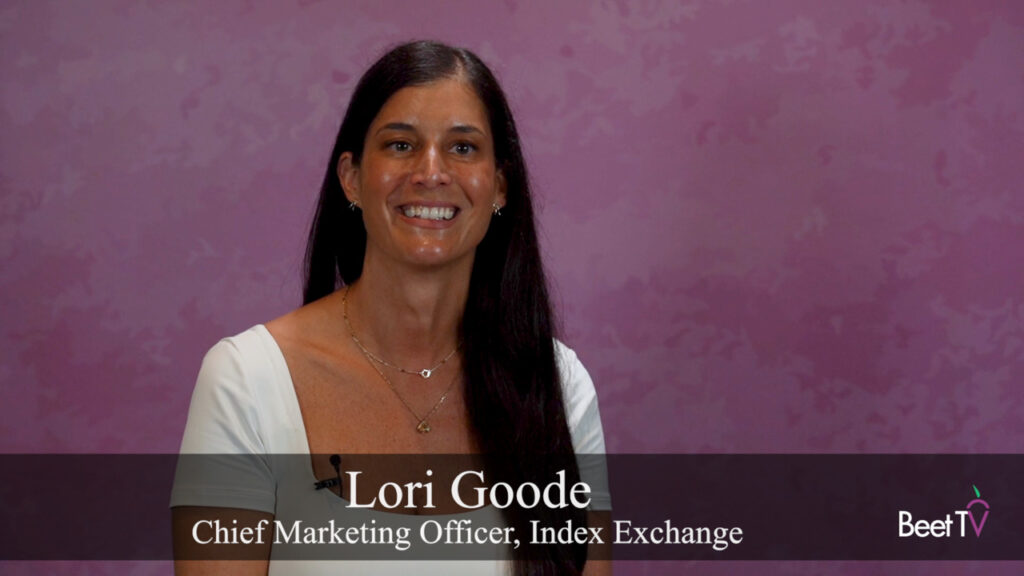Three years after a UK study found alarming lack of transparency in the programmatic ad supply-chain, it seems the problem is still rife in many quarters.
While a second UK study this year showed “a big step forward” in the proportion of ad spend that actually makes it through to publishers, a US study this summer from the ANA revealed alarming results.
PwC did a study on the ad-tech ecosystem in the UK that found that ~15% of spend could not be accounted for;
Now, a similar study in the US says 21% of programatic ads and 14% of spend are on spam sites…
via @benedictevans https://t.co/auKqIttRjz
— Barry Ritholtz (@Ritholtz) June 28, 2023
The ANA study calls for increased transparency measures that would account for $13 to $20 billion in ad spend.
In this video interview with Beet.TV at the 12th annual CIMM Summit, Lou Paskalis, CEO & Founder of AJL Advisory, who helped produce the ANA’s study, explains the findings.
“Programmatic Advertising: A Broken System?”
The scale of the problem, according to Paskalis, is far from negligible and has far-reaching implications for marketers’ due diligence and compliance with privacy laws.
“We found that there were actually 44,000 sites upon which the average participant’s advertising ran – 38,000 on average that they did not approve,” Paskalis reveals.
This raises a problem in the context of laws like the California Privacy Act, which mandates marketers to perform due diligence on every site they do business with.
ANA CEO Bob Liodice kicks off Cannes with major announcement of findings from new ANA report: Programmatic Media Supply Chain Transparency – First Look. 23% of $88B spent annually on automated digital ad buying, or programmatic advertising, is a waste. https://t.co/hzecPNWs5a pic.twitter.com/IZs92iuTJb
— ANA Global CMO Growth Council (@ANACMOMasters) June 20, 2023
Sophisticated AI: A Double-Edged Sword
Moreover, Paskalis points out a staggering statistic: “21% of total impressions delivered in that study went to Made for Advertising (MFA) sites.”
These sites, which often carry dubious content and create a poor user experience, were not listed among the vendors that the study participants wanted to do business with.
According to Paskalis, these MFA sites leverage sophisticated AI to reverse-engineer keyword exclusion lists. “They create the content in real-time without those keywords,” he says.
This forces marketers into a dilemma: pay a premium for an article from reputable publishers or opt for cheaper content that covers the same story without offensive words.
1/3 The @ANAmarketers supply study is epic analysing
$123m of spend & 35bn impressions.
The headlines are eye watering:
1⃣Campaigns ran across 44K websites on average.
2⃣MFA sites accounted for 15% of ad spend.
3⃣Prioritising cost over value is harmful.https://t.co/d4Usn9Y4hZ— SimonJHarris (@SimonJHarris) June 20, 2023
A Failure of Understanding?
Paskalis is also Chief Strategy Officer, Ad Fontes Media, an organization founded in 2018 to rate media sources for political bias and reliability.
He says senior marketers often do not know the right questions to ask to increase programmatic supply, leading to a failure of imagination.
he also says agencies and ad verification companies need to respond to client concerns.
He urges marketers to ask why their dollars are being placed in certain areas and whether they are owed a clawback.





































